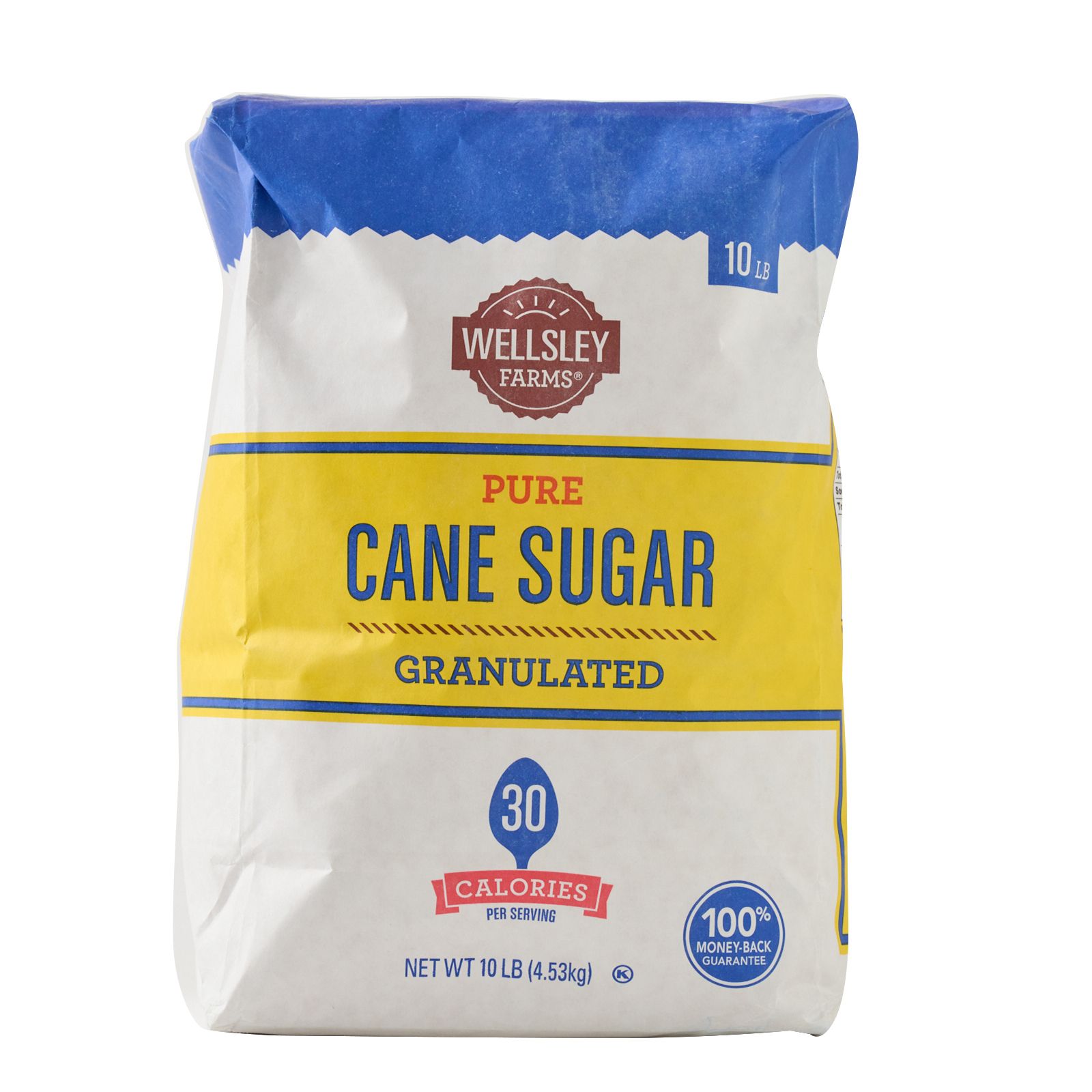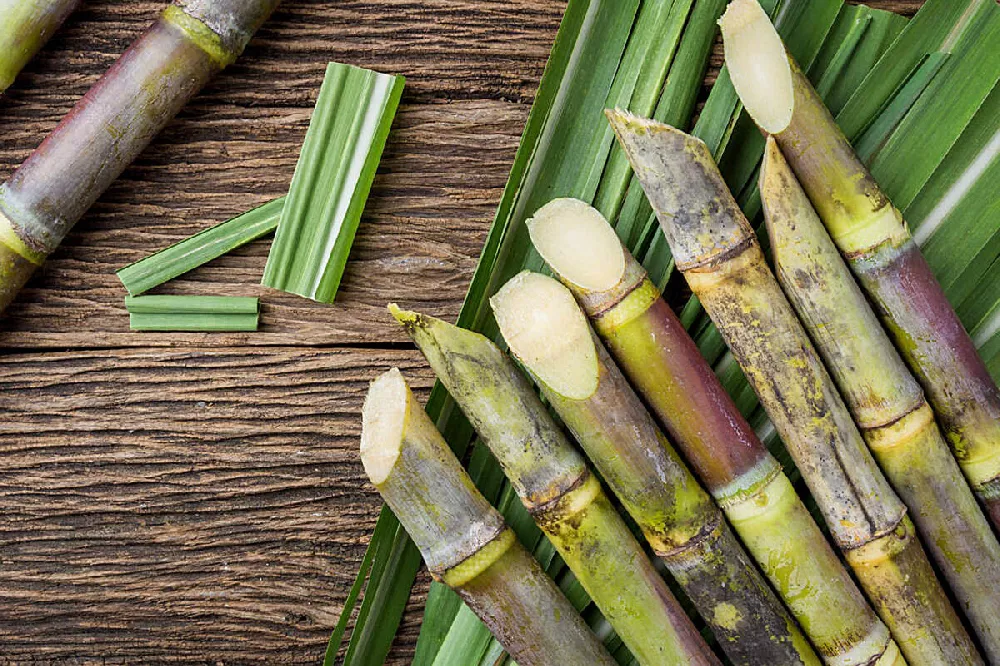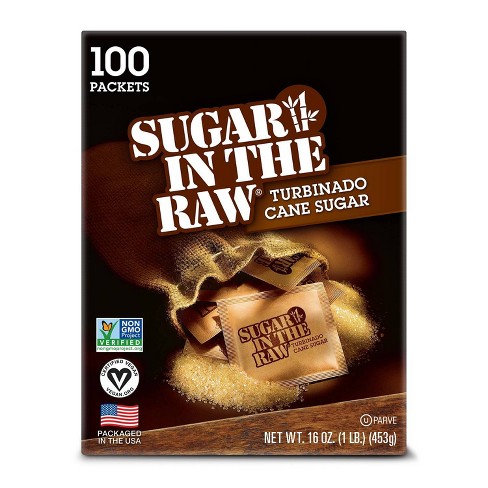Cane Sugar Processing: Innovative Techniques for High Quality Manufacturing
Cane Sugar Processing: Innovative Techniques for High Quality Manufacturing
Blog Article
Checking Out the Comprehensive Steps Associated With Walking Stick Sugar Handling From Harvesting to Improvement
The process of cane sugar manufacturing includes a collection of intricate steps, starting with the cautious harvesting of sugarcane and finishing in the refinement phases that make sure the end product meets industry requirements. Each stage, from the removal of juice to the purification and formation processes, plays an important duty in establishing the top quality and character of the sugar. Recognizing these stages not only highlights the complexity of sugar production however also raises important concerns concerning effectiveness, sustainability, and advancement in the industry. What implications do these aspects have for future practices?
Gathering Sugarcane
Harvesting sugarcane is a vital step in the walking stick sugar processing chain, as it directly influences the quality and yield of the last product. Proper timing and techniques are important during this phase to ensure ideal sugar material and lessen losses. Generally, sugarcane is gathered when it gets to maturity, normally 12 to 18 months after growing, characterized by a high sucrose focus.

Post-harvest, the sugarcane should be processed swiftly to avoid sucrose degradation. Preferably, collected walking stick ought to be delivered to processing facilities within 24 hours to preserve sugar top quality. Consequently, efficient logistical planning is essential to preserve the integrity of the harvested crop throughout the supply chain.
Extraction Process

The smashed walking stick undergoes a series of pressing procedures to optimize juice healing. Normally, warm water is sprayed onto the smashed walking cane, producing a countercurrent flow that helps dissolve the sugar while additionally helping in the extraction process. The juice gathered from this operation has not just sugar however also numerous organic substances and contaminations.

To boost removal performance, some centers may employ diffusion methods, where the sugarcane is soaked in hot water, enabling the soluble sugars to diffuse into the liquid. The resulting juice, rich in sucrose, is then directed to subsequent processing phases, laying the structure for purification and refinement. The extraction process is therefore essential in establishing the top quality and return of the last sugar item.
Filtration Methods
The filtration methods utilized in cane sugar processing are vital for transforming the raw juice into a high-grade sugar item. These techniques mostly aim to eliminate contaminations, such as dirt, plant products, and inorganic substances, which can adversely influence the last product's flavor and shade.
Among the most usual filtration methods is clarification. This procedure includes including lime and heat to the raw juice, which helps with the coagulation of pollutants. The resulting precipitate is then gotten rid of through sedimentation or filtration, generating a more clear juice. Furthermore, using phosphoric acid can boost the clarification process by additional binding pollutants.
An additional considerable strategy is carbonatation, where carbon dioxide is presented to the clarified juice. This response produces calcium carbonate, which catches remaining pollutants and advertises their elimination.
Furthermore, triggered carbon treatment may be used to adsorb any type of remaining colorants and natural pollutants, guaranteeing an extra refined item. The mix of these methods successfully prepares the sugar juice for subsequent action in the refining procedure, setting the stage for the production of high-grade walking stick sugar.
Crystallization Methods
After the filtration stage, the next critical action in walking cane sugar handling includes condensation methods, which play a critical duty in transforming the clarified juice into solid sugar. This procedure generally uses two primary techniques: spontaneous formation and controlled crystallization.
In spontaneous condensation, supersaturated sugar remedies are enabled to cool normally, leading to the development of sugar crystals with time. This approach is simpler but might lead to irregular crystal dimensions and lower pureness degrees. On the various other hand, regulated crystallization is an extra exact strategy where temperature, seeding, and concentration representatives are diligently taken care of. This approach enables the uniform development of sugar crystals and greater purity.
Throughout crystallization, the made clear juice is concentrated via dissipation, boosting its sugar content until it gets to supersaturation. As soon as this point is attained, either technique can assist in the formation procedure. Cane Sugar Processing. The resultant sugar crystals are after that separated from the remaining syrup via centrifugation
Eventually, the option of crystallization approach affects the quality, dimension, and pureness of the final sugar product, making this step essential in the general walking stick sugar handling procedure.
Improvement and Product Packaging
How can the pureness and high quality of cane sugar be further improved after condensation? The refinement procedure plays a crucial duty in accomplishing top quality walking cane sugar. Complying with crystallization, sugar goes through a thorough washing to remove pollutants and residual molasses. This is normally accomplished making use of warm water or heavy steam, which official site helps dissolve and remove unwanted components while preserving the sugar crystals.
Next, the sugar is subjected to a procedure called centrifugation, where it is rotated at broadband to separate the cleansed sugar crystals from the continuing to be liquid. After centrifugation, the sugar is commonly more refined with an approach called carbonization or phosphatation, which utilizes triggered carbon or phosphoric acid to remove color and off-flavors.
When improved, the sugar is dried to accomplish the desired dampness content, ensuring that it stays steady throughout storage space and transport. The last action entails packaging the polished sugar in moisture-proof and closed containers to preserve its quality and stop contamination. Cane Sugar Processing. Proper product packaging not only expands shelf life however also helps with easy handling and distribution, making sure that consumers receive sugar that satisfies the highest criteria of purity and quality
Verdict
The detailed steps included in cane sugar handling, from the careful harvesting of sugarcane to the complex improvement and packaging stages, highlight the importance of each phase in ensuring high-grade sugar manufacturing. Optimal harvesting strategies, effective removal approaches, and rigorous purification processes collectively add to the last product's pureness and stability. The crystallization and succeeding product packaging methods additionally improve the integrity and life span of the sugar, highlighting the intricacy and precision intrinsic in this necessary farming industry.
The procedure that site of walking stick sugar production includes a series of intricate actions, beginning with the mindful harvesting of sugarcane and culminating in the refinement phases that guarantee the last item meets sector criteria. Ideally, harvested walking cane ought to be carried to processing centers within 24 hours to protect sugar quality.In spontaneous formation, supersaturated sugar options are allowed to cool down naturally, leading to the development of sugar crystals over time - Cane Sugar Processing. The refinement process plays an essential duty in accomplishing premium cane sugar.The thorough steps entailed in walking stick sugar handling, try this site from the precise harvesting of sugarcane to the elaborate improvement and packaging stages, underscore the importance of each stage in guaranteeing top quality sugar production
Report this page